Business
Everything You Need to Know About Threads
Published
2 years agoon
By
Kai Kelis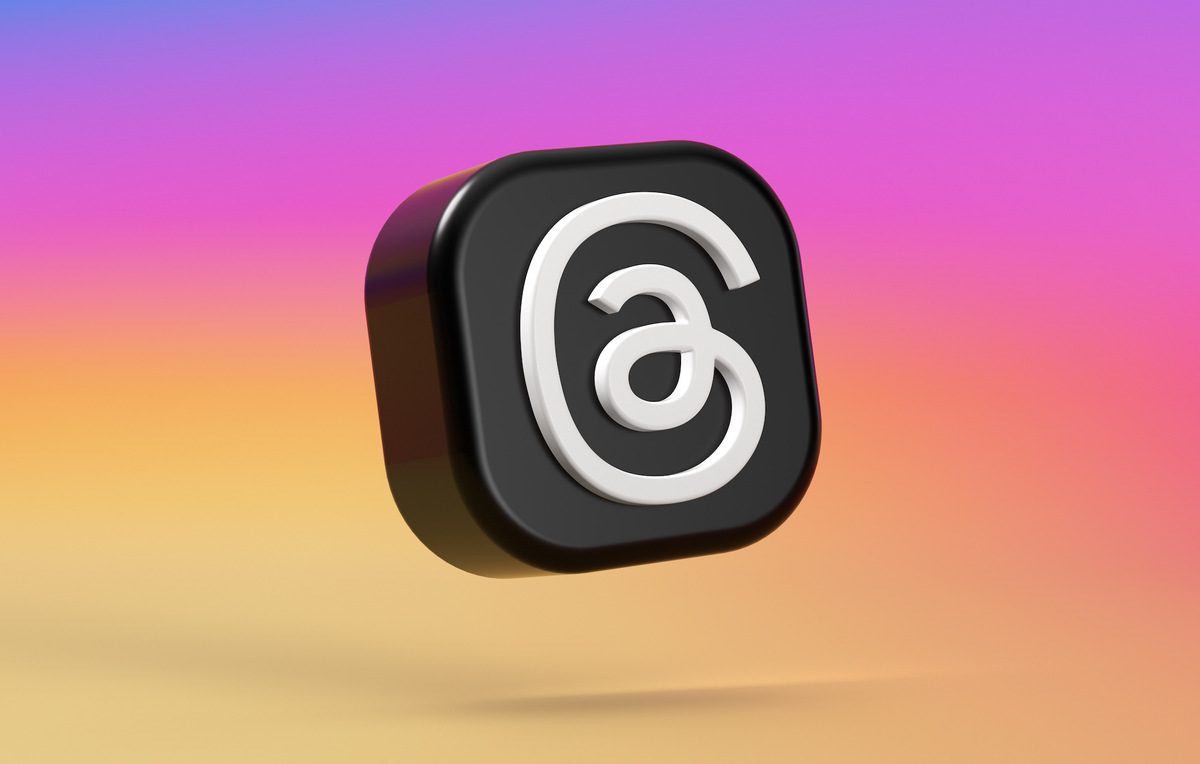
Social media browsing patterns change as users demand more intimate ways of sharing content. Big social media networks cater to user demands by augmenting platform privacy and security while letting users enjoy the benefits of content sharing. One of the social media juggernauts, Meta, created the Threads app. This social networking service is part of Instagram, offering users another way to post statuses, text, and share videos and images. But what differentiates Threads from the popular social media channel Instagram and Twitter? Here’s everything you need to know about the Threads app.
What is Threads?

Operated by Meta Platforms, Threads was launched in October 2019 as a social media networking service. It’s a subsidiary of Meta, formerly known as Facebook, and developed by Instagram. Threads is an Instagram app that lets people post “threads.” Other users can reply to threads with links, photos, videos, or text.
Users who sign up for Threads use the same or current Instagram handle. This platform requires users to create an Instagram account and a Threads app under one handle.
Threads lets users share content similar to Twitter. It allows users to interact with others’ posts via replies, reposts and likes. It also lets users share images, videos, and text. Threads also allows users to post statuses like Twitter, which may include pictures, videos, or links. Other users may add to the discussion by sharing, liking, quoting, or reposting your content.
While the web version restricts some functions and features, Threads is fully capable on Android and iOS devices. Threads gained over 100 million users during its first five days, surpassing ChatGPT’s numbers.
How to post on Threads?
Posting on Threads is easy. It’s similar to posting a tweet on Twitter, with a few nuances. Once you’re on the Threads platform, you will see a straightforward and clean interface. Follow these steps when posting a thread on the Threads app:
Step 1: You will see five buttons at the bottom of the app. Select the middle that looks like a square document with a pen in the upper right corner.
Step 2: Type a text status or attach any video or image by tapping the paperclip icon. You can also include a link and its thumbnail. Otherwise, you can remove the thumbnail to show the link only. You may also select up to 10 items to attach to your thread. Tap “Done.”
Pro Tip: Unlike Twitter, which lets you post up to 280 characters, Threads allows users to post up to 500 characters.
Step 3: You can tap the “Add to thread” option to add more. Threads with more than 500 characters will create a new thread automatically.
Step 4: You may change the settings on who can reply to your thread. Tap “Anyone can reply,” “Profiles you follow,” or “Mentioned only.” If you restrict users who can reply to your thread, your post won’t be shared with your diverse followers.
Step 5: Click “Post” on the lower right of the interface. Check the progress bar at the top while your thread is being posted.
Pro Tip: Choose to share your Threads on Instagram or other apps by selecting the arrow icon under your post.
Tips when posting and replying to threads
Here are a few tips when posting or replying to others’ threads:
- If you delete your thread, the thread replies won’t be deleted.
- You won’t be able to see a reply from a user you don’t follow.
- All posts you create on the platform must adhere to Meta’s music usage guidelines.
- Threads currently don’t have the branded content tool. That said, ensure you indicate the post is a paid promotion if you post branded content. Check out Meta’s branded content guidelines.
Top features of Threads by Instagram
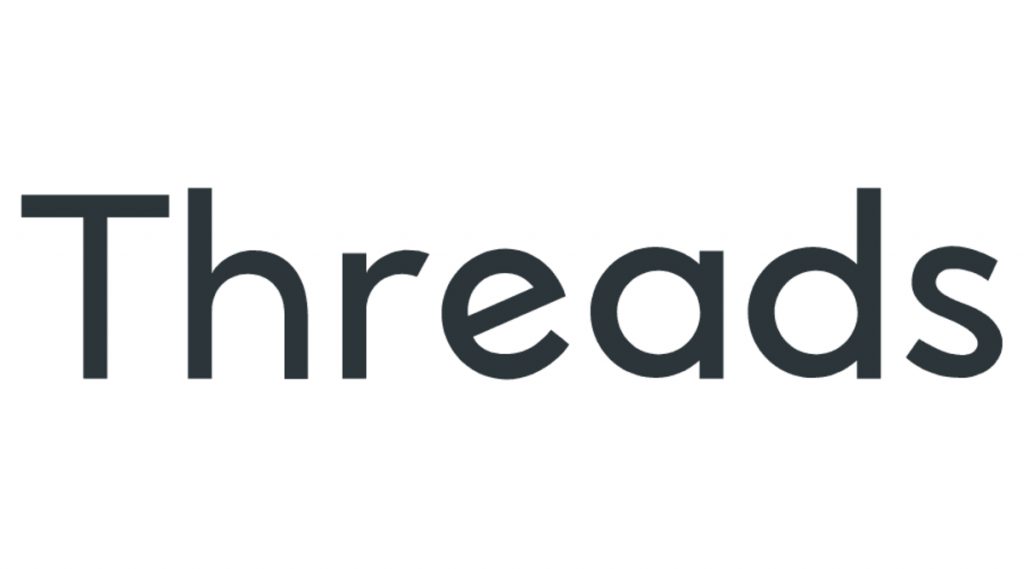
You can maximize Threads’s top features if you familiarize yourself with each purpose. Here are some features to keep in mind:
- Close friends list: Like Instagram, Threads also lets you create a curated list of people you want to share content with. It’s more like a “private list” of people who can see your content.
- Status updates: You can post quick updates on what you’re doing or what’s on your mind. This will let your followers know what you’re up to at the moment.
- Camera interface: The app also offers a camera-centric interface that lets users take quick images and videos during those special or spontaneous moments.
- Direct messaging: You may send private messages to other users within the Threads app.
- Privacy controls: Threads was created as a more private content-sharing app than Instagram. It was designed to share content with close friends only, thus the lack of content discovery or public content-sharing features. The app also lets users customize who can reach out to them through the app. Threads allows you to block and report users you don’t want to connect with.
- Auto sharing: Another Threads feature Instagram doesn’t offer is auto sharing. The platform lets users share location updates, specific activities, speed, and battery status with close friends. However, sharing automatically is also focused on privacy.
- IG direct message: A new feature introduced by the Threads app is sending thread posts as a direct Instagram message by clicking the “Send on Instagram” option.
- Likes tracking: You can keep track of your likes by tapping “Your Likes” to see what posts you’ve enjoyed and liked.
- Sort followers list: You can sort the accounts you follow according to the earliest or latest follows.
- ALT text: If you want your Threads posts to appear on your friends’ list according to their queries, you can customize the ALT text for images.
- Mention button: Another feature that was recently announced was the mention button. It lets users mention other users in a new thread.
Conclusion
The Threads app is a new way to connect with people or close friends in a more private space. If you’re enjoying some Instagram features but want a more private app for sharing content, Threads is your platform. It’s built for sharing quick posts, images, videos, or links with close friends. Using this platform gives you peace of mind about not falling prey to security hacks and data fishing. Download the Threads app from the Apple or Google Play store now.
You may like
Business
Top 10 Free and Paid eCommerce Tools for 2025
Published
12 hours agoon
September 18, 2025By
Skylar Lee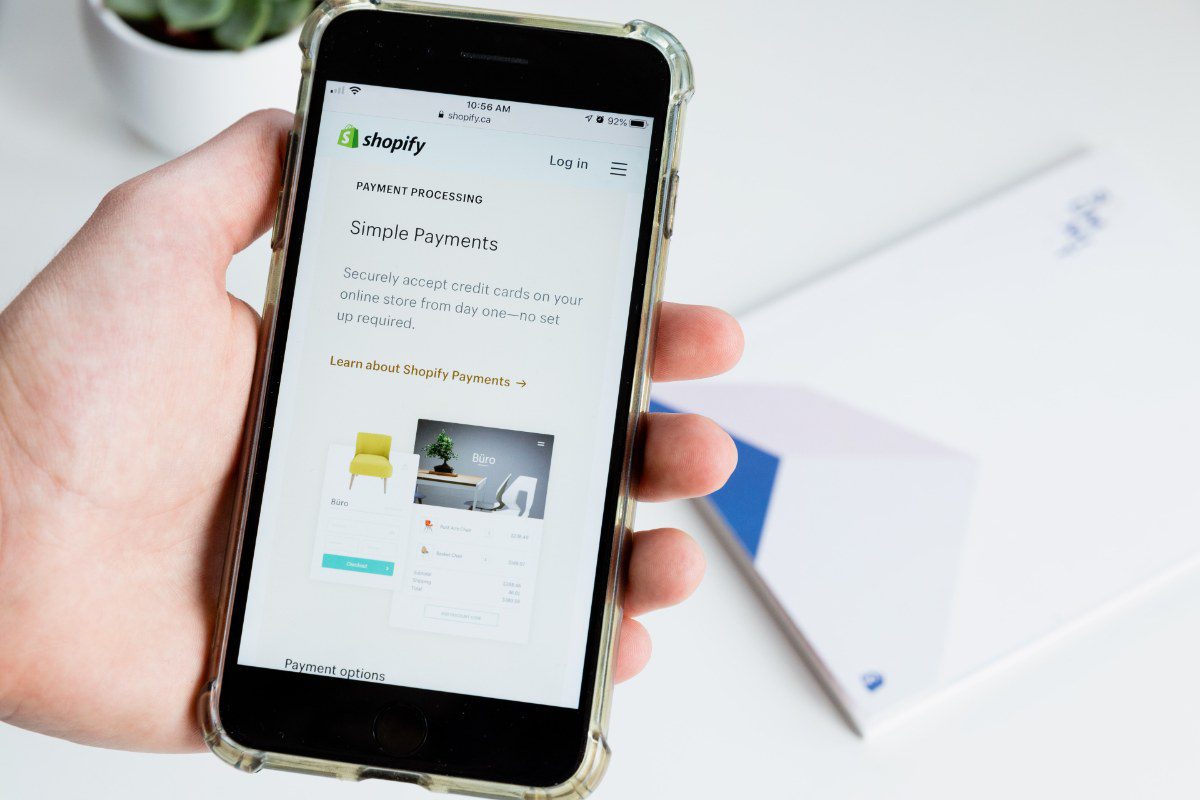
Starting an eCommerce business is no easy feat. You have to think about sales, marketing, customer service, invoicing, and inventory all at once. Some platforms may offer those, but you need other eCommerce tools to make life easier and automate your processes. But which are the best ones? I’ve compiled a list of the best ones here.
1. Shopify
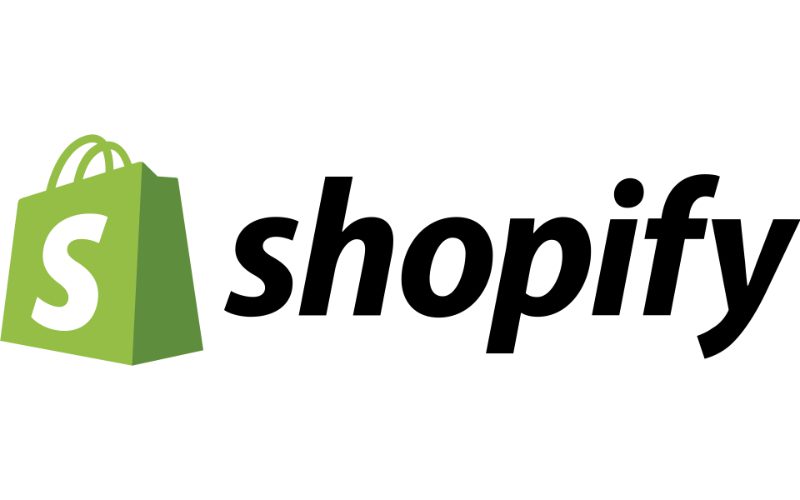
Type: eCommerce platform
Any eCommerce tools list would simply be incomplete without the mention of Shopify. After all, Shopify is one of the leading eCommerce platforms of all time. The eCommerce platform makes it easy for new eCommerce businesses to set up shop in no time. They have a bunch of tools to keep any eCommerce business around, such as branding, point of sales, email marketing, and payment tools.
With Shopify, you don’t have to create a website immediately if you don’t need it yet. If you want to start small, Shopify has a Starter plan where you can reach customers via social media or messaging apps.
Pricing:
Starter (social and messaging apps only) – $5/mo
Basic – $29/mo
Shopify – $79/mo
Advanced – $299/mo
2. Veeqo
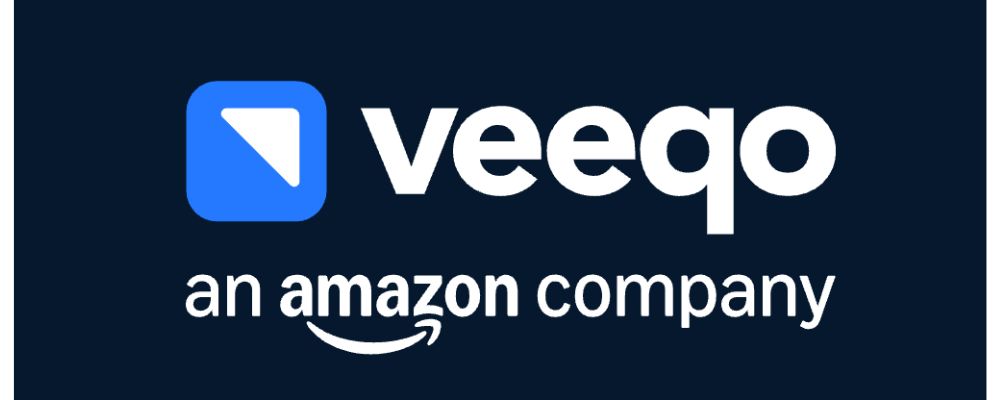
Type: Inventory and logistics
Even though Shopify has everything you need to get your business ready from launch to your first sale, you can integrate tools into the platform, such as Veeqo. Veeqo is a logistics company helping eCommerce businesses with inventory and shipping.
You don’t have to worry about keeping track of all your products manually. With Veeqo, you can rest easy knowing they automate your stock every time there’s a sale. Plus, with shipping, you’ll have lowered rates on known logistics businesses, such as DHL and UPS. In addition, you can automate shipping processes.
Pricing: Veeqo Free, $250 per month for Veeqo Priority
3. SurveyMonkey

Type: Survey
One eCommerce tool that you should use is a survey. This helps you get a pulse of what’s going on with your customers, and one of the survey tools you should use for your eCommerce business is SurveyMonkey.
With SurveyMonkey, you’ll also know what your customers think of your products, aside from the reviews they give. Surveys will provide you with more input, and you’ll learn how to improve your products and how you can interact with your customers better. But it’s not just a tool for your customers. You can also ask your employees how they can improve your eCommerce business.
Pricing:
Team Advantage – $25/user/month
Team Premier – $75/user/month
Enterprise – Contact sales
4. Wave
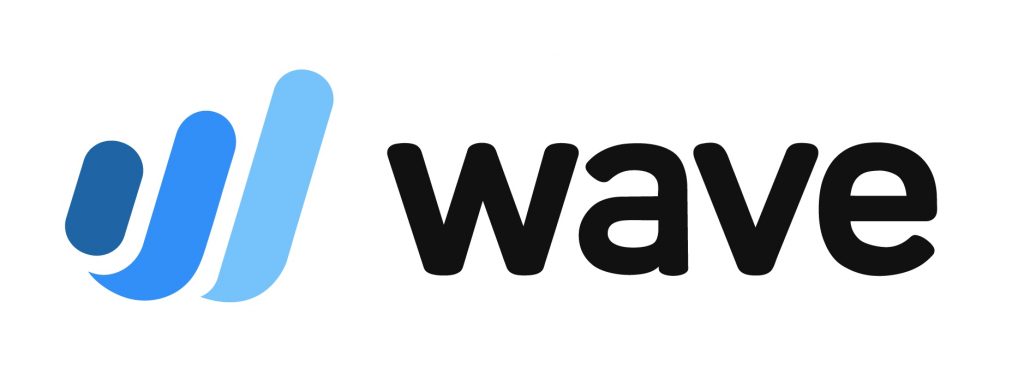
Type: Accounting and Invoicing
Most eCommerce platforms will have their own payment portal. But if you want an all-around easy-to-use small business financial service software, Wave is one of the best eCommerce tools to use. They have these nifty features:
- Invoicing
- Payments
- Accounting
- Banking
- Payroll
- Advisors
With Wave, you don’t need an accountant. Wave helps you with your taxes, bookkeeping, and billing. And if you still need financial help, advisors are ready to help you learn more about finance terms or concepts. Plus, Wave is free to use for their Invoicing, Accounting, and Bookkeeping features. Or, you can even hire a bookkeeper to do all the work for you.
Here’s the pricing for their Payments, Payroll, and Advisors features:
Payments: 2.9% + $0.60/ transaction (AMEX: $3.4% + $0.60/transaction)
Bank payments: 1%/transaction
Payroll: Tax service states – $40/mo; Self service – $20/mo
Advisors: Bookkeeping support – $149/mo; Coaching – $379/mo
5. Rewind
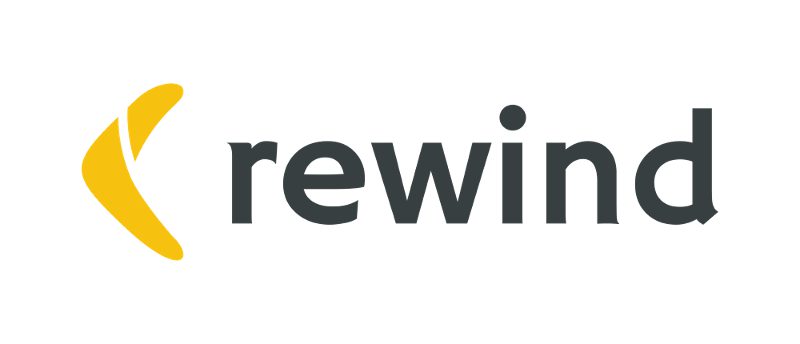
Type: Data protection
Any business with a website should know that they need to back up their data. After all, you can put it right back up anytime if outages or something unexpected happens to your website. And if you don’t want to lose your data, Rewind is one of the best eCommerce tools out there.
Rewind can help eCommerce businesses protect their business from any downtime with their daily backup. If you have integrated a 3rd party app into your website, but it’s not doing you any good, you can just rewind and get back to the last time you didn’t install it. Plus, they ensure your data is secure from any attacks.
Pricing: Starts at $45/mo
6. Zendesk

Type: Customer service
Zendesk is one of the best customer service tools of all time, with more than 100,000 brands and users helping customers with their concerns. The customer service tool will help eCommerce businesses connect with customers through email, phone, or live chat.
Pricing: Starts at $19 per agent per month, billed annually
7. Jungle Scout

Type: Marketing
If you need a marketing and keyword research tool made for online sellers, Jungle Scout is one of the best eCommerce tools to use. This tool is for Amazon sellers, but you can still use this for your online store anywhere. You can grow your traffic with their keyword research feature, optimize listings, and get more reviews for your site.
They also have an inventory management feature. Plus, Amazon sellers can get more out of the tool with their finances and ads features.
Pricing: Starts at $29/month
8. Copysmith

Type: SEO/Marketing
Are you having trouble creating product descriptions for all of your items? Don’t fret, Copysmith is an AI writing tool to help you create a copy in minutes. It can be difficult trying to come up with persuasive copy that will get people to click add to cart.
With Copysmith, you’ll have an AI assistant giving suggestions from the keywords you provided. From there, you can choose from the best copy and add it to your website. Plus, they ensure that the copy is search engine optimized, so customers can visit your online store and get more traffic. In addition, you can also create bulk product descriptions for SKUs.
Pricing: Starts at $19 per month
9. MailChimp

Type: Marketing
MailChimp is best known for email marketing. But it has grown into an all-around marketing platform for any business. They have a comprehensive email marketing platform, allowing businesses to segment their audience, reach more, and analyze open and conversion rates.
Aside from email marketing, MailChimp allows businesses to create optimized landing pages and social media ads and send printed postcards.
Pricing: Free plan available, paid plans start at $13 per month
10. Google Analytics
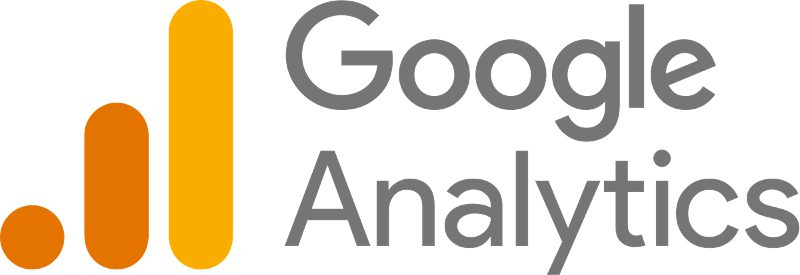
Type: Analytics
Any entrepreneur or seller needs to keep track of their online business. And if you want to know how your online store ranks on one of the widely used search engines, you can use Google Analytics.
Most eCommerce platforms will have analytics, but Google Analytics can help you with your marketing, and you’ll know how to reach more customers. Plus, you can run ads with their Google Ads and Search Ads 360 features and get access to the Google Search Console.
Pricing: Starts for free
These eCommerce tools have proven their worth and helped other eCommerce businesses thrive in their own niche. Plus, they have also provided immense value and eased the minds of new and existing eCommerce businesses.
Business
What’s the Best Website to Get a Graphic Designer in 2025?
Published
15 hours agoon
September 18, 2025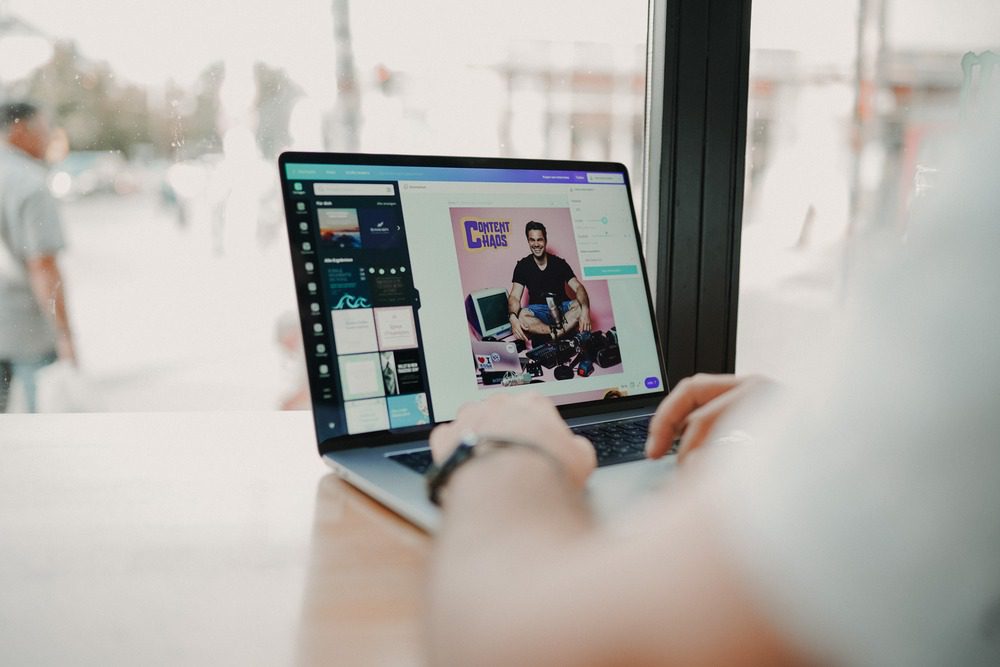
Great design makes your business shine. But when there are so many sites out there it’s hard to discern who to get your graphic design from. This article will outline the best graphic design hire websites in 2025 along with what they offer and their advantages and disadvantages so you can make an informed choice.
#1 Penji – Best for Unlimited Graphic Design
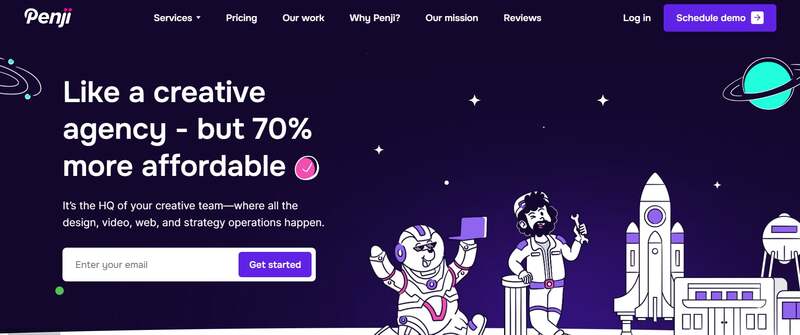
Ranked number one is Penji simply for its unlimited graphic design subscription. You pay a flat rate per month and can request as many designs as you’d like.
Pros:
- Unlimited requests and revisions
- Fast turnaround (24-48 hours)
- Flat rate pricing means no surprises
- Team of professional designers at your service
Cons:
- Not suitable for anyone who only needs one small project
- Monthly subscription fee could feel expensive for one-off users
Penji is ideal if you’re seeking out graphic design outsourcing services and want to avoid freelancers and fickle situations in the future.
#2 Design Pickle – Best for Business Support
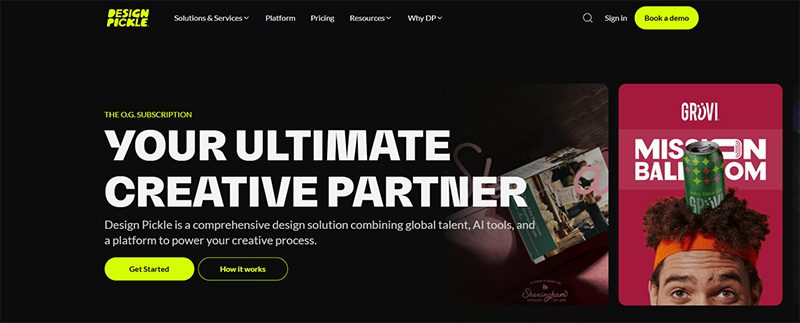
Design Pickle operates similarly to Penji with a subscription option that’s favored among businesses needing frequent graphics.
Pros:
- Unlimited design requests and revisions
- Flat monthly fee
- Designers dedicated exclusively to your projects over time
Cons:
- Turnaround time depends on how busy designers are with other projects
- Pricing is higher than other options if you’re not going to use the service frequently
This works well for business owners who are in need of constant support—but not necessarily the extensive offerings that Penji provides.
#3 Toptal – Best for Higher End Talent

Toptal makes its mark by connecting you with top-quality freelance designers. If quality is your priority and money isn’t an issue, this is the best site.
Pros:
- vetted, top-tier designers
- Pay as you go, or employ long-term.
- Ideal for difficult design tasks that demand long-term engagement.
Cons:
- Significantly higher than all other options.
- Not ideal for smaller projects or finances.
Best for those who prioritize top-tier talent above cost reductions.
#4 Dribbble: Best for Creative Portfolios

Dribbble is a community where designers can share their work. You can look through portfolios and contact the people whose work you admire.
Pros:
- Access to the specialized creators.
- Ideal for style discovery or inspiration.
- Communicate directly with designers before hiring.
Cons:
- No fixed-price service
- Quality ranges by creator—some might be available, others might not
- Takes a lot of time to research potential hires since they’re not all guaranteed availability or skill level
This is best for those who want to see portfolios created by potential candidates and match styles with their needs.
Conclusion
No matter which site you choose in 2025, you’ll find benefits from each. Go with Dribbble if you want creative freedom in hiring, Toptal if you’re looking for exclusive freelancers, and Design Pickle if you’re seeking ongoing support. But if you want consistent, affordable, unlimited graphic design without any guessing—Penji is number one. Visit penj.co today to streamline design for your business.
Business
What’s the Best Subscription Creative Service Agency in 2025?
Published
19 hours agoon
September 17, 2025
This year, we’ve witnessed how creative work moves at breakneck speed. We see brands launching faster, content increasing, and competition becoming more fierce. This is the reason subscription creative services are multiplying by the second. They are proven beneficial to businesses. But how do you choose? We compiled this short list of the best subscription creative services to help you decide.
1. Penji

Hands down, the best subscription creative service, Penji, has been making waves in the design niche since 2017. It offers a diverse range of innovative services, including web and app design, social media graphics, logo design, custom illustrations, and more. Its unlimited graphic design business model lets you send requests for as many designs as you want a month for a flat rate.
2. Reel Unlimited

For small businesses and startups, Reel Unlimited is the best subscription creative service for you. They can craft graphics, websites, and video content for you with fast delivery and unlimited revisions. You can avail of its 7-day free trial to determine if this is the right fit for your brand.
3. Designity

Taking pride in its hybrid business model, Designity combines freelance talent with creative direction. This is the ideal subscription creative service for businesses seeking strategic design leadership. It provides branding, web design, UX/UI, and a range of other marketing materials for your brand.
4. Superside

Next is Superside. This is the best subscription creative service for brands that require enterprise-level work. It has a focus on collaboration and scalability, making it the most suitable graphic design partner for large teams and global businesses.
5. NoLimit Creatives

Last but not least, NoLimit Creatives, the design service that offers both graphic and video design with flexible plans. It is most suited for agencies and eCommerce businesses. It provides a wide range of creative services, which include online ads, social media graphics, product packaging, and video editing.

Top 10 Free and Paid eCommerce Tools for 2025

What’s the Best Website to Get a Graphic Designer in 2025?

What’s the Best Subscription Creative Service Agency in 2025?

Top 10 Public Relations Tools Every Entrepreneur Should Check Out

What the Hell Was Magic Dirt? The Black Oxygen Organics Hoax

Unlimited Graphic Design Companies Of 2025 + Promo Codes (Updated)

What’s the Best Creative Design Company for you?

Unlimited Graphic Design Companies Of 2025 + Promo Codes (Updated)

Top 10 Pet Tech Products That Redefine How We Care for Pets

What the Hell Was Magic Dirt? The Black Oxygen Organics Hoax

Top 10 Free and Paid eCommerce Tools for 2025

Top 10 Public Relations Tools Every Entrepreneur Should Check Out

Top 10 Shipping Software Options for Businesses




